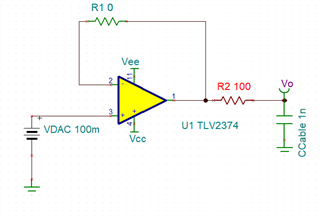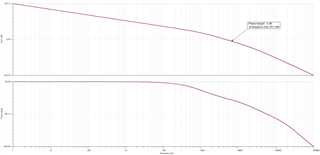Other Parts Discussed in Thread: TLV2374, OPA4991, LM8261, TLV2371, OPA2991, OPA4353, OPA991
We have a design of the leds driver.
Part of this board responsible for leds intensity circuit shown on the upper side of the attached diagram.
Intensity control (adjust voltage) is connected from another D/A board through a cable (with up to 4 meters length). Adjust (intensity voltage) is 0VDC-3VDC. This board is shown on the bottom side of the diagram.
Sometimes we encounter a problem with LM7321MFE/NOPB (U2) op amp: it simply not (or stop) working.
We can measure 3VDC on PAD3 but around 0-0.2V on U2/1 (or R6). And of course, the same low voltage on PAD4. The amplifier does not seem to be burned and soldered ok with all relevant components but simply not amplifying input voltage.
I don't have a failures percentage, but the problem is very disturbing as it can occur from the beginning after assembly or suddenly after some time of good working or from the beginning
Can you advise us what could be the problem and what should be done by us?
Thank you.LedsIntensityControl.pdf












































